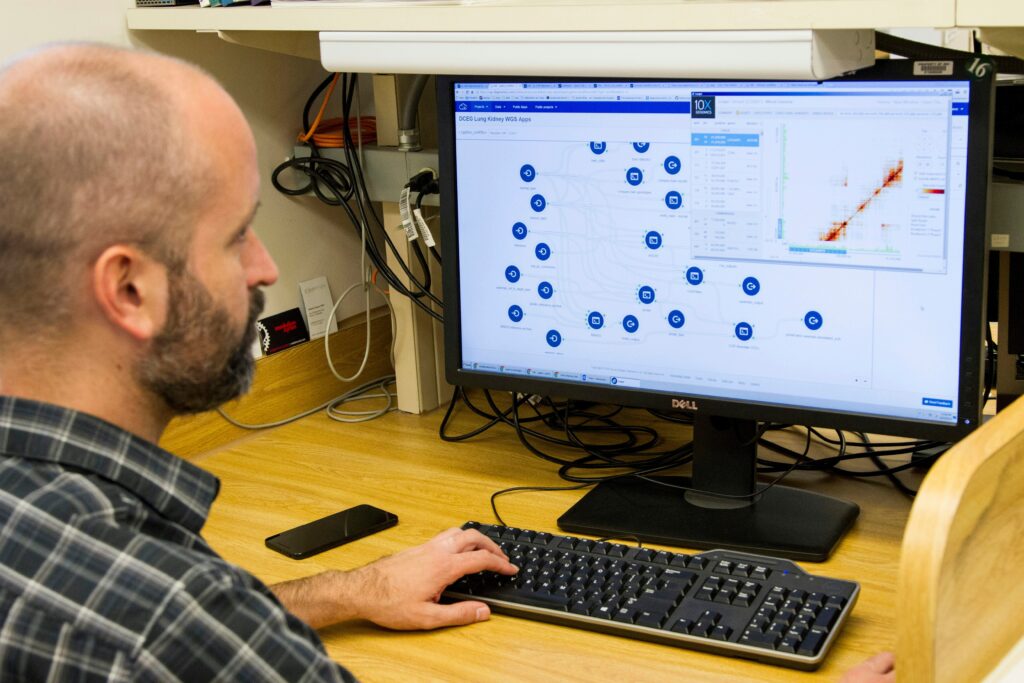
New research presented at the Annual Meeting of the European Association for the Study of Diabetes (EASD) in Vienna, Austria, has revealed a significant link between physical activity and reduced risks of mortality and major cardiac events in individuals recently diagnosed with type 2 diabetes. The study, conducted by Ms. Line Eriksen and Dr. Sidsel Domazet from the Steno Diabetes Centre Odense, highlights the potential lifesaving benefits of exercise for those without prior cardiovascular disease.
The study analyzed data from the Danish Centre for Strategic Research in Type 2 Diabetes (DD2) cohort, focusing on individuals diagnosed with type 2 diabetes (T2D) within the past two years. Participants self-reported their physical activity, which was then categorized into sedentary, light, and moderate-to-vigorous physical activity (MVPA). The findings underscore the critical role of exercise in managing diabetes-related health risks.
Understanding the Impact of Physical Activity
Physical activity is known to improve insulin sensitivity, control blood sugar, and enhance body composition in individuals with T2D. This study aimed to determine whether self-reported physical activity could serve as a prognostic marker for cardiovascular disease (CVD) and mortality risk in newly diagnosed T2D patients.
The study included 11,355 participants, excluding those with a history of CVD. Over a median follow-up period of 8.4 years, 1,149 cardiovascular events and 1,048 deaths were recorded. The results showed that higher levels of physical activity were inversely associated with both major adverse cardiac events (MACE) and all-cause mortality.
Participants engaging in light and MVPA had a 23% and 28% lower risk of MACE, and a 27% and 33% lower risk of all-cause mortality, respectively, compared to sedentary individuals.
Adjusting for Risk Factors
To ensure the robustness of their findings, researchers adjusted for various confounders, including age, sex, smoking habits, alcohol consumption, and waist circumference. Even after these adjustments, the reduced risks associated with physical activity remained statistically significant.
Further analysis considered additional CVD risk factors such as LDL cholesterol, glycated hemoglobin (HbA1c), systolic blood pressure, kidney filtration rate, and urine albumin-creatinine ratio. Despite these adjustments, the benefits of MVPA remained prominent, showing a 30% reduction in MACE and a 31% reduction in all-cause mortality compared to sedentary participants.
The reduced risks for light physical activity also remained significant, with a 20% reduction in MACE and a 22% reduction in all-cause mortality.
Expert Opinions and Broader Implications
Experts in the field of diabetes and cardiovascular health emphasize the importance of these findings. Dr. John Smith, a renowned cardiologist, commented, “This study reinforces the critical role of exercise in managing diabetes and preventing cardiovascular complications. Even minimal physical activity can have profound health benefits.”
The implications of this research are far-reaching. With the global prevalence of type 2 diabetes on the rise, promoting physical activity could be a cost-effective strategy to reduce healthcare burdens associated with diabetes-related complications.
Looking Ahead
The authors of the study conclude that self-reported physical activity is an independent predictor of all-cause mortality and major adverse cardiac events in individuals recently diagnosed with T2D. They highlight the potential health benefits of engaging in at least some physical activity, even if it’s light, to prevent cardiovascular disease and premature deaths.
As the world grapples with increasing rates of diabetes, this study provides a compelling argument for integrating physical activity into standard care protocols for newly diagnosed patients. Future research may focus on identifying specific exercise regimens that optimize health outcomes for this population.
In conclusion, the findings presented at the EASD meeting underscore the vital role of exercise in improving health outcomes for individuals with type 2 diabetes. As healthcare providers and policymakers consider strategies to combat the diabetes epidemic, promoting physical activity stands out as a powerful tool to enhance patient health and reduce the risk of life-threatening complications.







